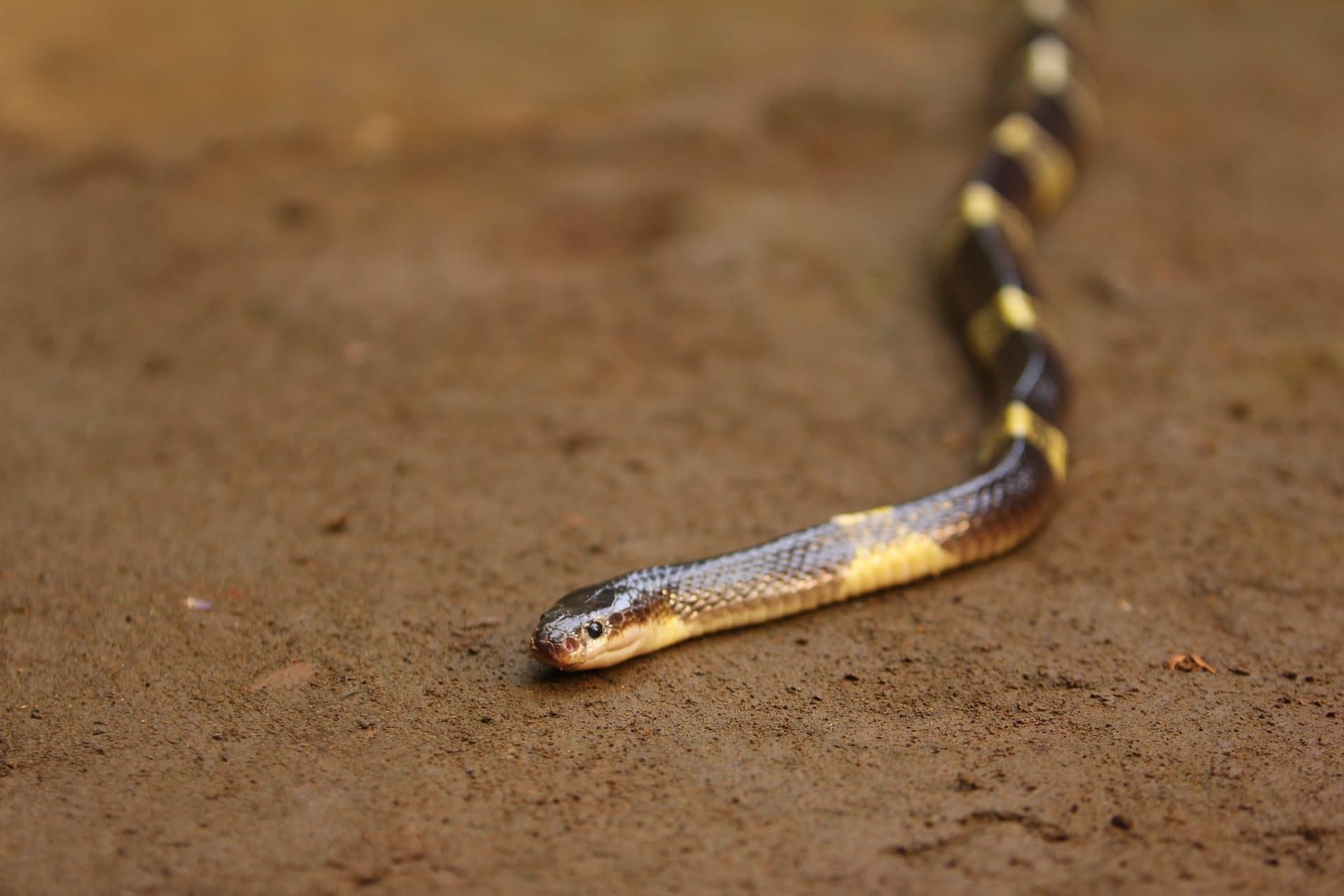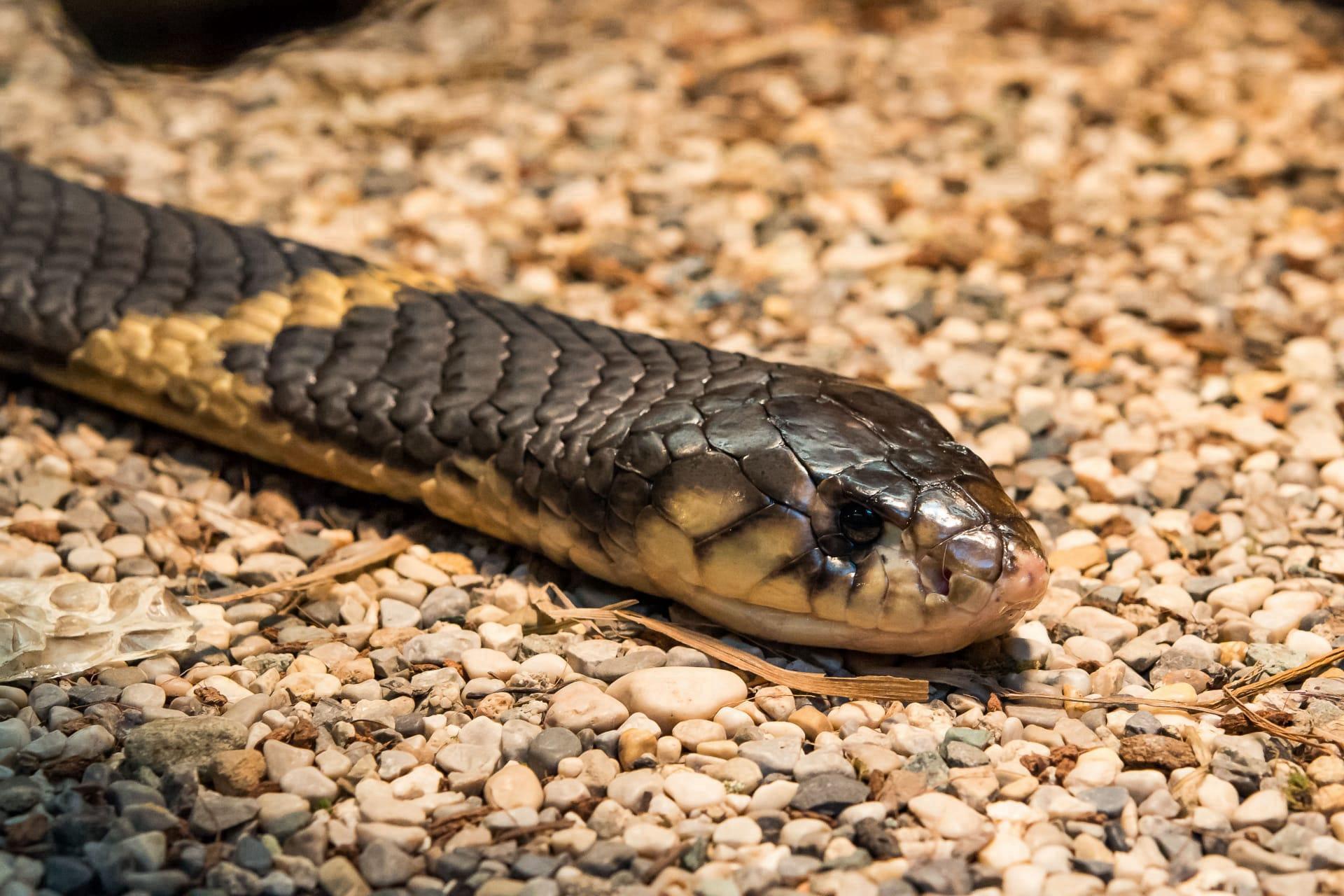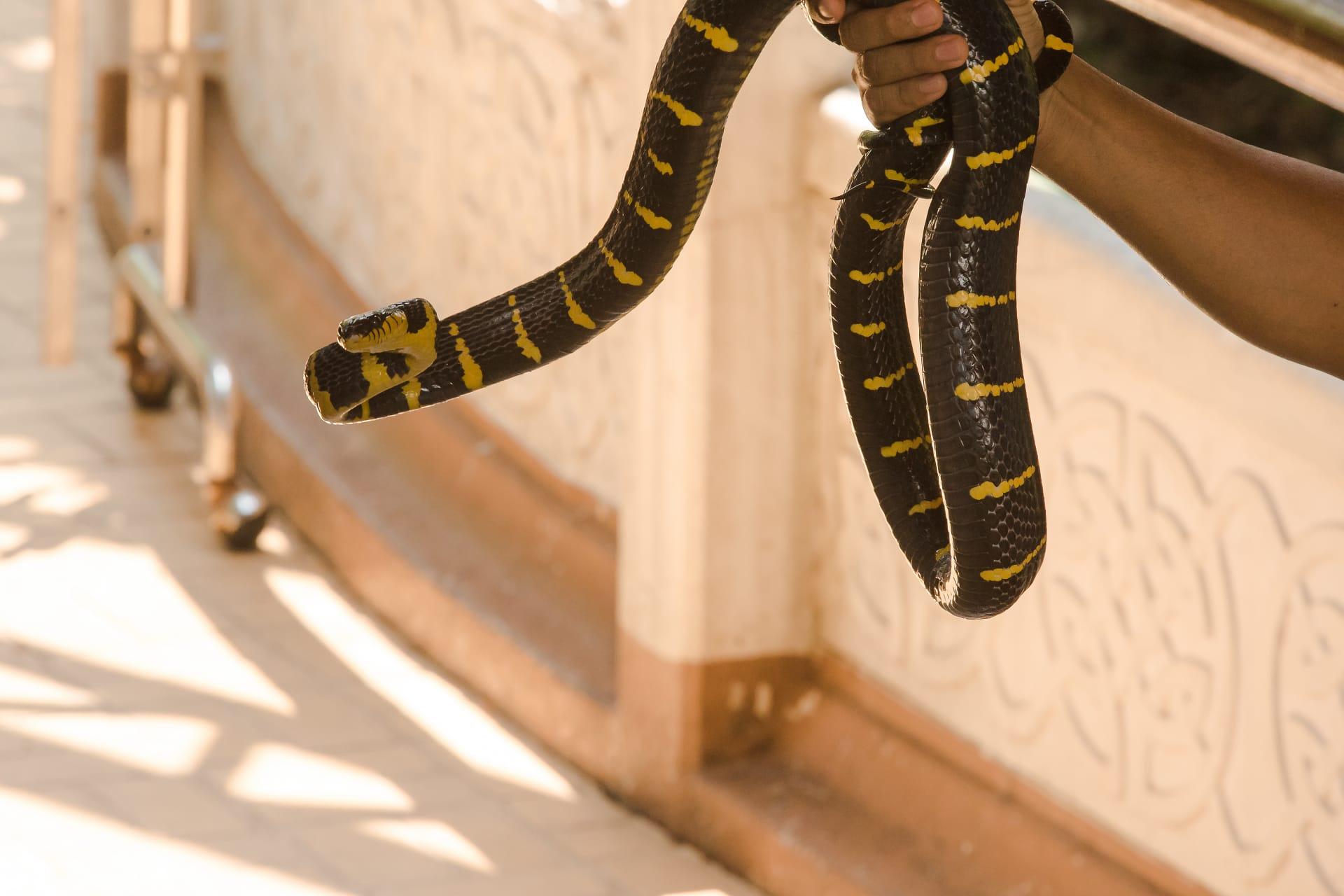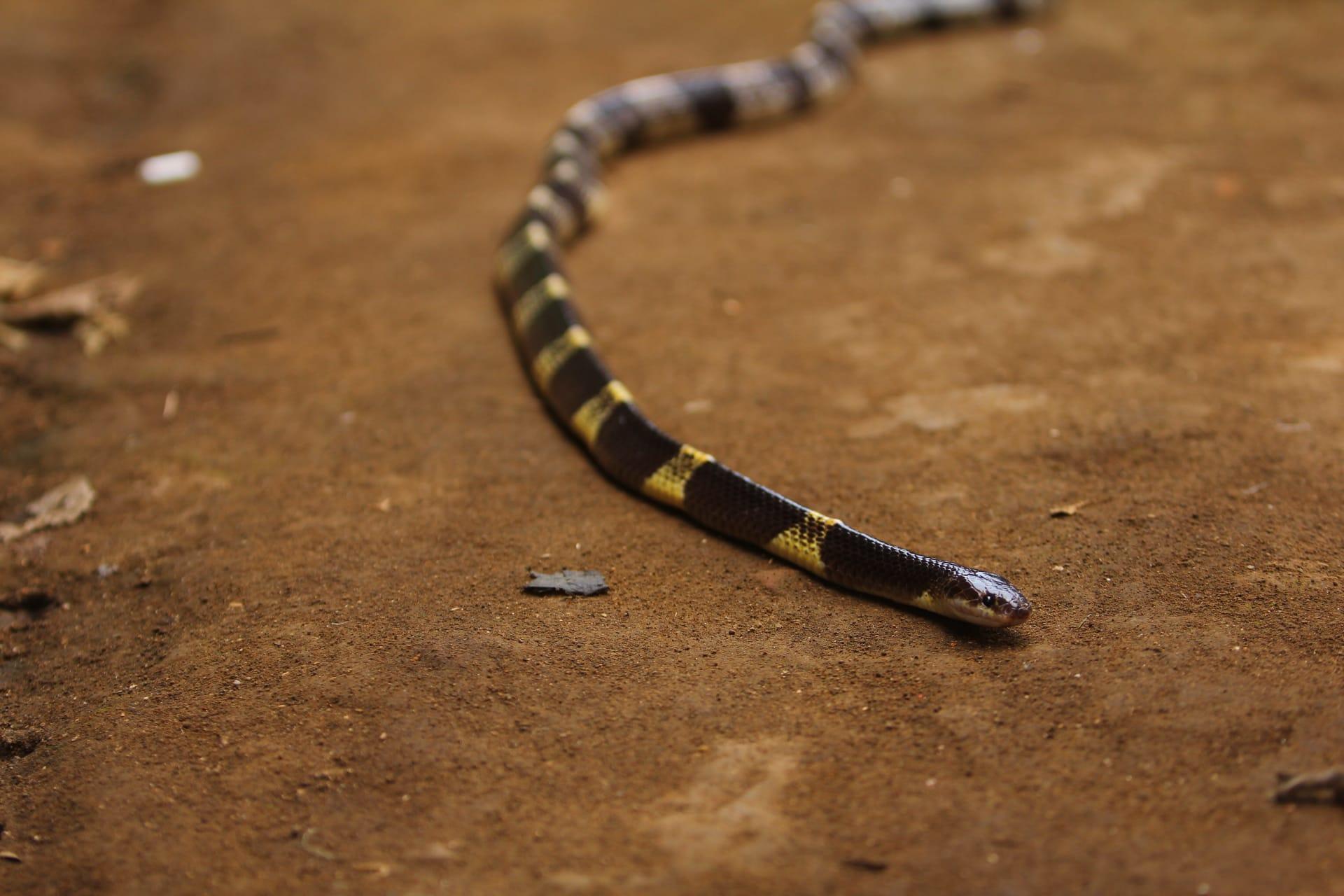Australian Elapids Characteristics
- Home /
- Mini Encyclopedia /
- Animal /
- Australian Elapids Characteristics
1
Australian Elapids, a fascinating group of venomous snakes, exhibit a range of physical features. Typically, these snakes have slender bodies, varying in size from about 30 centimeters in some species to over 2 meters in larger ones like the Eastern Brown Snake. Their lifespan varies significantly depending on the species and environmental conditions, but on average, they can live up to 15 to 20 years in the wild. Coloration and patterns also vary, offering excellent camouflage in their natural habitats.
The most remarkable organ of Australian Elapids is their venom-delivering system, comprising specialized fangs and venom glands. These fangs, located at the front of the jaw, are relatively short but extremely efficient in delivering venom. The venom is a complex cocktail of toxins, evolved to immobilize prey quickly and start the digestive process. Its composition varies among species, targeting different physiological systems in prey and posing various degrees of danger to humans.

2
Question: What is the most dangerous Australian Elapid to humans?
Answer: The Inland Taipan, often considered the world's most venomous snake, holds this title among Australian Elapids. Its venom is highly potent, capable of killing an adult human in under an hour without treatment. However, despite its lethal venom, the Inland Taipan is relatively reclusive and rarely encounters humans, resulting in few recorded incidents. Its venom contains neurotoxins, myotoxins, and coagulants, which can cause paralysis, muscle damage, and blood clotting disorders.

3
Australian Elapids are known for their agility and speed. They can move quickly when threatened or pursuing prey, using a method of movement called serpentine locomotion, where the body forms S-shaped curves and propels forward. This movement is highly efficient, allowing them to cover ground rapidly and navigate through various terrains, from desert sands to rocky outcrops.
In terms of hunting, these snakes are primarily ambush predators, relying on stealth and their highly sensitive forked tongues to detect chemical cues from potential prey. Once prey is detected, they strike swiftly, injecting venom to immobilize it. Their diet mainly consists of small mammals, birds, and other reptiles. The venom's quick action allows them to consume their prey without struggle, an essential adaptation for survival in the wild.

4
The habitats of Australian Elapids are diverse, ranging from the arid deserts of central Australia to the lush rainforests along the coast. They adapt well to various environments, including rocky areas, woodlands, and grasslands. This adaptability is crucial for their survival, as it allows them to find suitable shelter and abundant prey. Temperature and humidity play significant roles in their habitat preferences, influencing their activity patterns and breeding cycles.
Reproduction among Australian Elapids varies by species. Most are oviparous, laying eggs that hatch outside the mother's body. The female typically deposits the eggs in a concealed location like a burrow or under rocks, where they incubate for two to three months before hatching. The number of eggs laid varies, but it's common to see clutches of 10 to 20 eggs. The hatchlings are independent from birth, equipped with venom and hunting skills to survive in their natural environment.

5
Book: "Venomous Snakes of Australia" by Peter Mirtschin, Arne Rasmussen, and Scott Weinstein. This comprehensive guide, published in Australia in 2017, offers an in-depth look at the country's venomous snakes, including Elapids. The authors, experts in herpetology and toxicology, provide detailed profiles of each species, discussing their habitats, behaviors, and, importantly, the medical aspects of their venoms.
Book: "Australian Snakes: A Natural History" by Richard Shine. Published in Australia in 1991, this book offers a broader view of Australian snakes, with a significant focus on Elapids. Shine, a respected biologist, delves into the evolution, ecology, and behavior of these snakes, providing insights into their interactions with their environment and with humans. His engaging narrative style makes complex scientific concepts accessible to a wide audience.